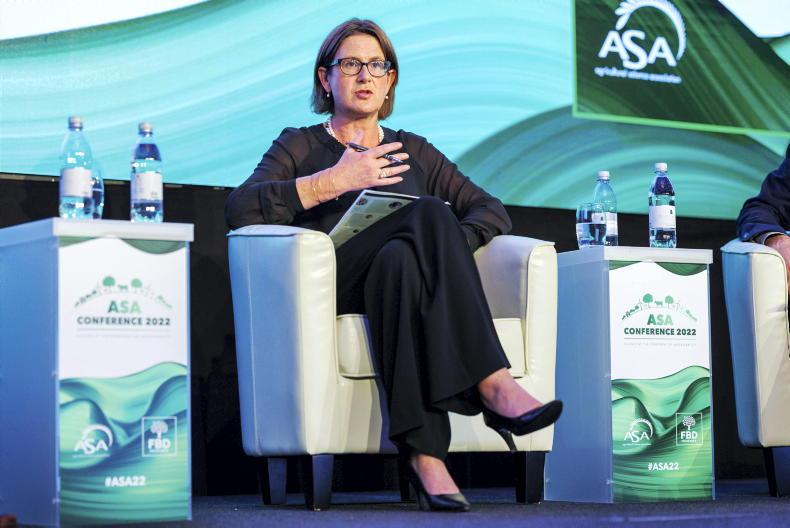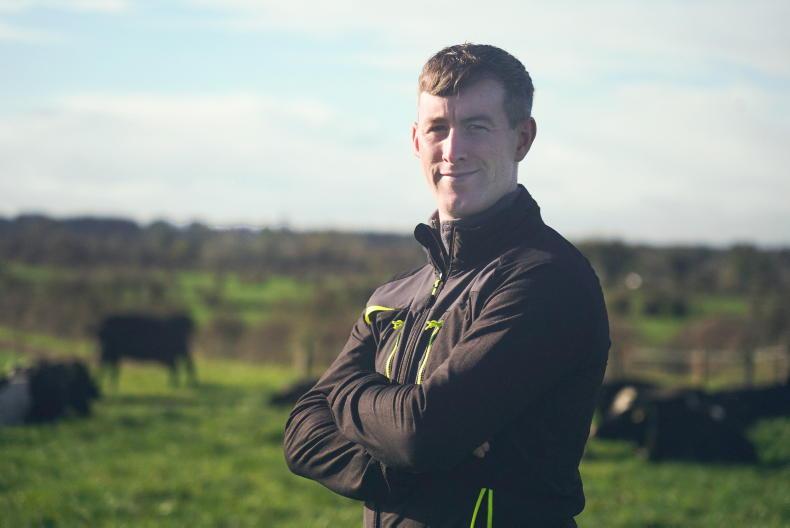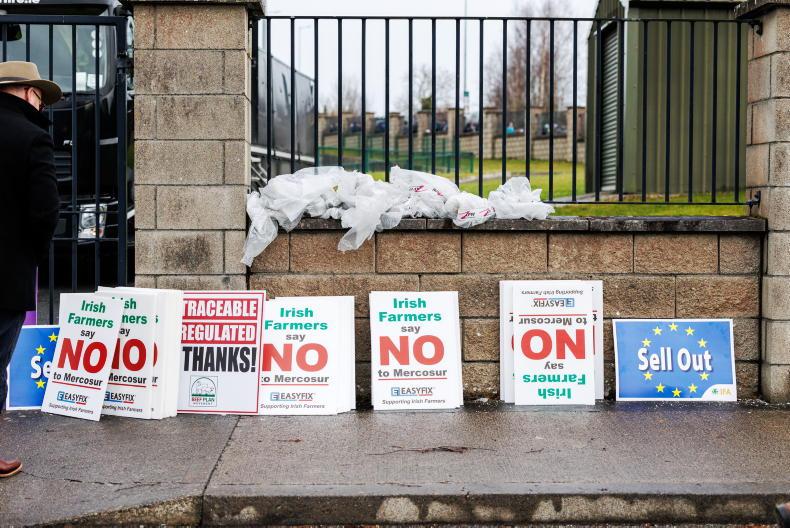Volatility, uncertainty, complexity and ambiguity. These are the words represented by the acronym VUCA, coined by US Army College students to characterise the world after the Cold War. I first heard the term in college when studying strategic management. Models are unavoidable in a business management course; most will never be used because they are irrelevant to one’s work or life, while others crop up time and again.
Looking at VUCA in today’s agri world; as volatility refers to the speed of change, I think of energy prices. Uncertainty is the extent to which we can confidently predict the future (next year’s stock numbers – anyone?). Complexity is a measure of the number of factors that need to be taken into account in decision-making (a raft of environmental measures). Ambiguity occurs when information is incomplete or contradictory (emissions v nutritional density). These words describe many people’s concerns in our industry and our world.
I heard the term again last week at the Agricultural Science Association (ASA) banquet. The after-dinner speaker, Jack Kavanagh, sustained a spinal cord injury at 20 that left him with 15% muscle function. His address, which earned a standing ovation, focused on surviving in a VUCA environment and the lessons he has learned. I listened to his TedX talk after the event and I would encourage anyone to do the same. It is inspirational and on YouTube.

Siobhan Kavanagh, Teagasc Signpost Programme communications and engagement specialist.
Although Jack may have mentioned the actual acronym VUCA, it was Siobhán Kavanagh who spoke on some of the VUCA parameters at the conference. The Teagasc Signpost Programme communications and engagement specialist addressed the plan for agriculture to achieve the 25% reduction in emissions – a matter of much uncertainty. She spoke of the complexity of communicating a message of change to 130,000 farmers, referring to this type of work as a “contact sport” (meaning one-to-one engagement) that required resources. She also said that “as an industry we all have a responsibility to show leadership now and say ‘there is a plan!’. We don’t have full details of where the 25% will come from but we do know where at least a third will come from.”

UCD Dean of Agriculture, Professor Frank Monahan.
Prof Frank Monahan also spoke on this panel. The UCD Dean of Agriculture expressed concerns in relation to ambiguous nutritional messages. He said there is a need to communicate that sustainable nutrition and sustainable diets are part of agriculture. His concern centred around how, at times, negative commentary associated with production agriculture and ruminant agriculture doesn’t take into account the need for a balanced diet. He asserted that sometimes there was a halo effect around plant-based products (this is when one trait is used to make an overall judgment of a person or thing). He gave the example of plant-based meals that many believe are better for them and the planet but are highly complex and with this complexity they lose their nutritional value.
Jack Kavanagh asked the question “how are you showing up for yourself?” which I took to mean, in an agri context, that although Government and industry leaders must forge a path and invest, there are steps we can take ourselves in this VUCA environment. Perhaps Siobhan Kavanagh’s one-third of that 25% is a good place to start a positive conversation on Irish farming.
Volatility, uncertainty, complexity and ambiguity. These are the words represented by the acronym VUCA, coined by US Army College students to characterise the world after the Cold War. I first heard the term in college when studying strategic management. Models are unavoidable in a business management course; most will never be used because they are irrelevant to one’s work or life, while others crop up time and again.
Looking at VUCA in today’s agri world; as volatility refers to the speed of change, I think of energy prices. Uncertainty is the extent to which we can confidently predict the future (next year’s stock numbers – anyone?). Complexity is a measure of the number of factors that need to be taken into account in decision-making (a raft of environmental measures). Ambiguity occurs when information is incomplete or contradictory (emissions v nutritional density). These words describe many people’s concerns in our industry and our world.
I heard the term again last week at the Agricultural Science Association (ASA) banquet. The after-dinner speaker, Jack Kavanagh, sustained a spinal cord injury at 20 that left him with 15% muscle function. His address, which earned a standing ovation, focused on surviving in a VUCA environment and the lessons he has learned. I listened to his TedX talk after the event and I would encourage anyone to do the same. It is inspirational and on YouTube.

Siobhan Kavanagh, Teagasc Signpost Programme communications and engagement specialist.
Although Jack may have mentioned the actual acronym VUCA, it was Siobhán Kavanagh who spoke on some of the VUCA parameters at the conference. The Teagasc Signpost Programme communications and engagement specialist addressed the plan for agriculture to achieve the 25% reduction in emissions – a matter of much uncertainty. She spoke of the complexity of communicating a message of change to 130,000 farmers, referring to this type of work as a “contact sport” (meaning one-to-one engagement) that required resources. She also said that “as an industry we all have a responsibility to show leadership now and say ‘there is a plan!’. We don’t have full details of where the 25% will come from but we do know where at least a third will come from.”

UCD Dean of Agriculture, Professor Frank Monahan.
Prof Frank Monahan also spoke on this panel. The UCD Dean of Agriculture expressed concerns in relation to ambiguous nutritional messages. He said there is a need to communicate that sustainable nutrition and sustainable diets are part of agriculture. His concern centred around how, at times, negative commentary associated with production agriculture and ruminant agriculture doesn’t take into account the need for a balanced diet. He asserted that sometimes there was a halo effect around plant-based products (this is when one trait is used to make an overall judgment of a person or thing). He gave the example of plant-based meals that many believe are better for them and the planet but are highly complex and with this complexity they lose their nutritional value.
Jack Kavanagh asked the question “how are you showing up for yourself?” which I took to mean, in an agri context, that although Government and industry leaders must forge a path and invest, there are steps we can take ourselves in this VUCA environment. Perhaps Siobhan Kavanagh’s one-third of that 25% is a good place to start a positive conversation on Irish farming.











SHARING OPTIONS